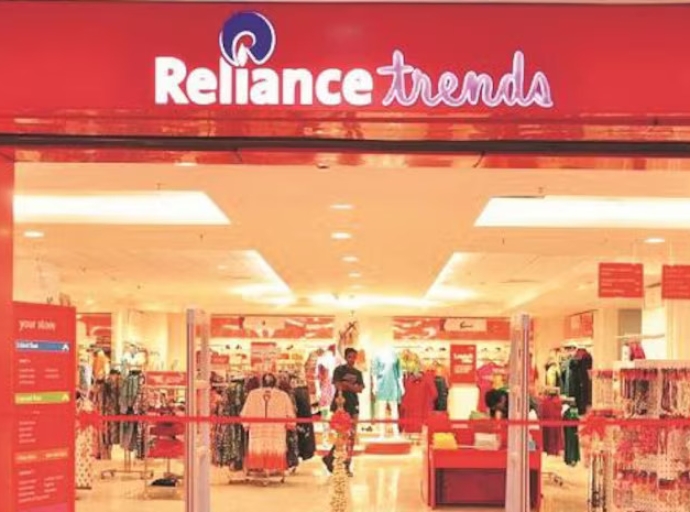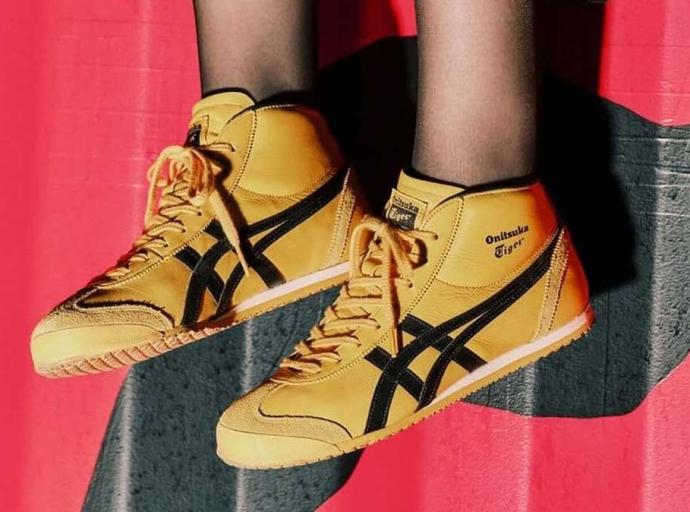17 January 2025, Mumbai
India’s apparel industry is set for a strong rebound in the latter half of FY25, says a new report by Phillip Capital. Despite a somewhat subdued start to the fiscal year, several factors are converging to create a positive outlook for the sector, including the upcoming festive and wedding seasons, and signs of improving consumer sentiment.
The report, which surveyed major apparel retailers across India, highlights that overall consumption in the apparel segment remained stable in Q2 FY25. However, growth was muted in July and August, primarily due to an early end-of-season sale (EOSS) in June, a lull in wedding dates, and heavy rainfall in several parts of the country.
Fashion Guru
"The momentum picked up in early September but was subdued again due to the earlier start of the Shraadh period," the report notes. "The festive season began with Durga Puja in East India, but most retailers reported below-expectation performance. Local disruptions, particularly in Kolkata, dampened demand.
Despite challenges, Phillip Capital remains optimistic about the future. It believes the second half of FY25 will see a significant uptick in demand.
The report attributes this anticipated growth to multiple factors, including a rebound in discretionary spending, increased penetration of organized retail, and the rising popularity of e-commerce platforms. The festive season, traditionally a period of heightened consumer activity, is expected to serve as a major catalyst for this resurgence, complemented by a more favorable macroeconomic environment.
Join our group
Findings from the report
Consumer sentiment: Consumer sentiment is gradually improving, with increased optimism about the economy and personal finances.
Rural vs. urban markets: Interestingly, rural markets have outperformed urban areas in recent months, fueled by higher disposable incomes from government policies and lower inflationary pressures.
Value vs. premium: Value retailers have thrived as consumers continue to seek affordable options. Premium retailers, on the other hand, have faced challenges due to price sensitivity.
Footwear sector: The footwear sector shares a similar outlook, with October sales and footfalls meeting expectations. This positive trend is expected to continue into November and December, boosted by the wedding season.
Join our community
Table: Apparel sales growth in FY25
|
Quarter
|
Sales growth (%)
|
Key factors
|
|
Q1 FY25
|
4.50%
|
Pent-up demand, new collections
|
|
Q2 FY25
|
2.10%
|
Early EOSS, fewer weddings, heavy rainfall
|
|
Q3 FY25 (Projected)
|
6.80%
|
Festive season, improving consumer sentiment
|
|
Q4 FY25 (Projected)
|
8.20%
|
Wedding season, continued economic growth
|
Challenges to watch
While growth outlook remains optimistic, certain risks could temper the recovery. Supply chain disruptions, potential volatility in raw material prices, and uneven recovery across rural markets could impact overall growth.
The report highlighted subdued growth in the first half of FY25 due to inflationary trends, cautious consumer spending, and delayed recovery in rural demand. However, a clear shift in sentiment is evident as market indicators point toward stronger consumer confidence in the latter half of the year.
Visit for more
Meanwhile major apparel retailers and manufacturers are gearing up for the expected rise by increasing production capacities and strengthening supply chains. Analysts have noted an increase in marketing spends and promotional offers as brands compete to capture the pent-up demand.
Phillip Capital's report has sparked optimism across the apparel industry, with stakeholders anticipating a significant boost to their top-line growth in H2 FY25. The report concludes that the sector’s recovery will likely contribute positively to overall retail performance, making it a key area of focus for investors and policymakers alike.
Latest Fashion news





































